Discover the ultimate Yunnan travel itinerary through Kunming, Dali, Lijiang, and Shangri-La. Includes transport tips, food highlights, and a sample 6-day route in this Yunnan travel guide.
In a country often defined by its sprawling megacities, Yunnan (云南) province offers a different kind of journey, one measured in serene lakeside mornings, ancient mountain passes, and the quiet rhythm of local life. Home to snow-capped peaks, lush subtropical jungles, and a remarkable diversity of cultures, Yunnan captivates every type of traveler.
This is not a guide about rushing through landmarks. It’s a practical, all-in-one resource designed to help you plan a meaningful trip, focusing on the classic route that connects Yunnan’s most essential destinations: Kunming, Dali, Lijiang, and Shangri-La. Consider this your starting point, a central hub that will lead you to deeper explorations of this incredible province.
🗺️ Planning Your Yunnan Itinerary: Logistics and Routes
A little planning goes a long way in ensuring a smooth and enjoyable journey through Yunnan. Here’s everything you need to know before you go.
🗓️ The Best Time to Visit Yunnan
Yunnan’s weather is generally mild, but it varies significantly with altitude and season.
- Spring (March – May): Widely considered the best time to visit. Temperatures are comfortable, the flowers are in bloom, and you’ll avoid the summer rains and crowds.
- Autumn (September – November): Another ideal season. The skies are clear, the air is crisp, and the autumn colors provide a stunning backdrop for hiking and photography.
- Summer (June – August): This is the rainy season, especially in July and August. However, the landscapes are incredibly lush and green. It’s also peak domestic tourist season due to school holidays, so expect larger crowds and higher prices.
- Winter (December – February): A great time for budget travelers and those wanting to see snow on the mountains. It is cold, especially in Lijiang and Shangri-La, but the skies are often clear and sunny.
✈️ How to Get To and Around Yunnan
Navigating Yunnan is surprisingly convenient thanks to modern infrastructure connecting its ancient towns.
By Air
The main gateway is Kunming Changshui International Airport (KMG). It has the most frequent and affordable domestic and international flights. It’s wise to book your tickets a few weeks in advance.
By Train
China’s high-speed rail network is a game-changer for Yunnan. It’s clean, efficient, and scenic.
- Kunming to Dali: ~2-3 hours
- Dali to Lijiang: ~1.5-2 hours
By Bus & Car
For routes not yet covered by high-speed rail, long-distance buses are a reliable option. The journey from Lijiang to Shangri-La takes about 4 hours and offers incredible mountain views. For ultimate flexibility, renting a car is possible, though a chartered car with a driver is often a more relaxing choice.
Local Transport
Within cities and towns, the ride-hailing app Didi (滴滴) is your best friend. In the ancient towns, walking is the best way to explore. For a classic Dali experience, renting an electric scooter (around 40-50 CNY/day) to circle Erhai Lake (洱海) is a must.
💰 Sample Itineraries & Budget
Here are two popular itineraries to help you structure your trip. The 8-day route is a comfortable pace for seeing the highlights, while the 6-day option is a faster-paced alternative for those with less time.
The Classic 8-Day Yunnan Itinerary (Comfortable Pace)
This route allows you to see the four main destinations without feeling rushed and gives you crucial time to acclimatize to the altitude in Shangri-La.
Day 1: Arrival in Kunming
Fly into Kunming (KMG), the provincial capital. Settle into your accommodation and take a gentle stroll around Green Lake Park (翠湖公园) to watch the locals relax and soak in the city’s calm atmosphere.
Day 2: Kunming to Dali
In the morning, take the high-speed train to Dali. The journey is quick and scenic. After checking in, spend the afternoon and evening exploring Dali Ancient City (大理古城). Wander its cobbled streets, browse the shops, and enjoy dinner at a restaurant serving local Bai cuisine.
Day 3: Dali – Erhai Lake Exploration
Dedicate today to the beautiful Erhai Lake (洱海). Rent an electric scooter or bicycle and explore a section of the lakeside path. A must-visit stop is Xizhou Ancient Town (喜洲古镇), known for its well-preserved Bai architecture and delicious, flaky Xizhou Baba flatbread.
Day 4: Dali to Lijiang
Take a morning train to Lijiang. After arriving, consider visiting the quieter, more authentic Shuhe Ancient Town (束河古镇) for a peaceful afternoon. As evening falls, dive into the magic of Lijiang Ancient City (丽江古城) when its thousands of red lanterns are lit, creating a truly unforgettable atmosphere.
Day 5: Lijiang – Jade Dragon Snow Mountain
This day is for Lijiang’s main attraction. Book your tickets in advance for Jade Dragon Snow Mountain (玉龙雪山). Take the main cable car up to the viewing platform for stunning views. On your way down, spend ample time at Blue Moon Valley (蓝月谷), whose turquoise waters seem almost unreal.
Day 6: Lijiang to Shangri-La
Take the 4-hour morning bus to Shangri-La, or the high-speed train. The drive itself is part of the experience, climbing into the mountains. Upon arrival, check into your hotel and take it easy. You are now at over 3,300 meters (10,800 feet). A slow, gentle walk around Dukezong Ancient City (独克宗古城) is all you should do to help your body acclimatize.
Day 7: Shangri-La Exploration
With your body adjusted to the altitude, it’s time to explore. In the morning, visit the magnificent Ganden Sumtseling Monastery (松赞林寺). In the afternoon, explore the serene landscapes of Pudacuo National Park (普达措国家公园). End your day with a hearty yak beef hotpot for dinner.
Day 8: Departure
You can fly directly out of Shangri-La’s Diqing Airport (DIG) or take the train back to Lijiang/Kunming, which has a larger airport with more flight options to other Chinese cities.
The Express 6-Day Yunnan Itinerary
This itinerary is faster and skips Shangri-La, which is a good option if you are short on time or concerned about the high altitude.
- Day 1: Arrive in Kunming, explore the city.
- Day 2: Morning train to Dali, explore Dali Ancient City.
- Day 3: Explore Erhai Lake and its surrounding towns.
- Day 4: Morning train to Lijiang, explore Lijiang Ancient City by night.
- Day 5: Full day trip to Jade Dragon Snow Mountain and Blue Moon Valley.
- Day 6: Enjoy a final morning in Lijiang before departing from Lijiang Sanyi Airport (LJG).
Budget Estimates
A local 6-day group tour can be very cost-effective, often around 1,500 CNY per person. They’ll likely get you to the places promised but may not spend much time there, expect planned shopping stops as well. Meals will likely be shared and simple. There are also way too many tour groups to choose from, with bad apples nestled within them, hence beware.
For a self-planned trip with more flexibility and comfortable lodging, expect to spend upwards of 3,000-4,000 CNY per person for a 6 to 8-day trip. It will be more expensive but I feel it will be a worthy price to pay to ensure your experience.
📍 The Classic Yunnan Route: Four Essential Destinations
This well-trodden path connects Yunnan’s most iconic sites, each offering a unique window into the province’s soul.
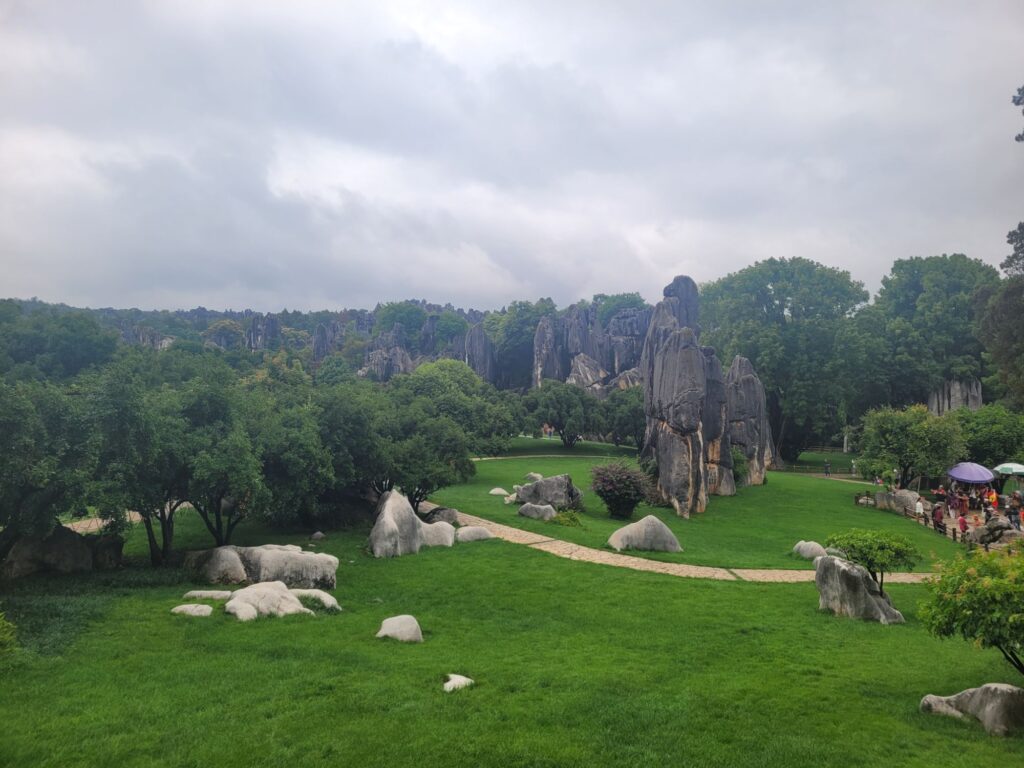
☀️ Kunming (昆明): The “City of Eternal Spring”
Overview: As the provincial capital and primary transit hub, Kunming is most travelers’ first taste of Yunnan. Its mild climate and relaxed pace make it a perfect place to acclimate.
Altitude: ~1,900 meters (6,200 feet)
Best For: Acclimatizing, urban parks, and as a transport hub.
Key Attractions:
- Stone Forest Scenic Area (石林风景区): A UNESCO World Heritage site featuring a vast landscape of towering karst formations.
- Green Lake Park (翠湖公园): A lovely urban park where locals gather to relax, play music, and (in winter) feed migratory seagulls.
- Guandu Ancient Town (官渡古镇): A restored ancient town that offers a glimpse into Kunming’s history.
Internal Link: For a complete plan on how to spend your time here, see my detailed post.
🏞️ Dali (大理): Lakeside Charm and Bai Culture
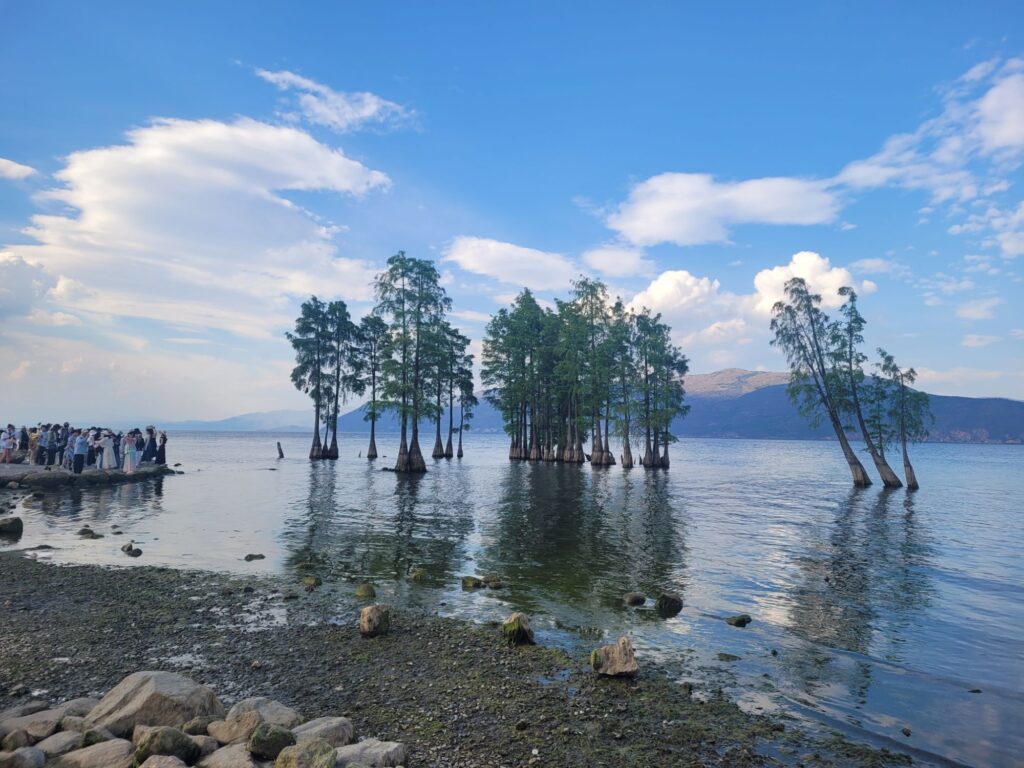
Overview: Framed by the majestic Cangshan Mountains and the serene Erhai Lake, Dali is a place to slow down. It’s the heart of the Bai ethnic culture, known for its beautiful architecture and tranquil atmosphere.
Altitude: ~2,000 meters (6,560 feet)
Best For: Lakeside cycling, ancient towns, and relaxing
Key Attractions:
- Dali Ancient City (大理古城): Wander the lively, cobbled streets, browse artisan shops, and enjoy the vibrant cafe scene.
- Erhai Lake (洱海): Rent a scooter or bicycle to explore the 130km path around the lake, stopping at viewpoints and fishing villages.
- The Three Pagodas (三塔): An iconic symbol of Dali, these ancient structures stand resiliently against the mountain backdrop.
- Xizhou Ancient Town (喜洲古镇): Famous for its well-preserved Bai architecture and the delicious Xizhou baba (喜洲粑粑) flatbread.
Internal Link: To plan your visit to this scenic town, read my full guide to Dali
🏮 Lijiang (丽江): UNESCO Old Town and Snow-Capped Peaks
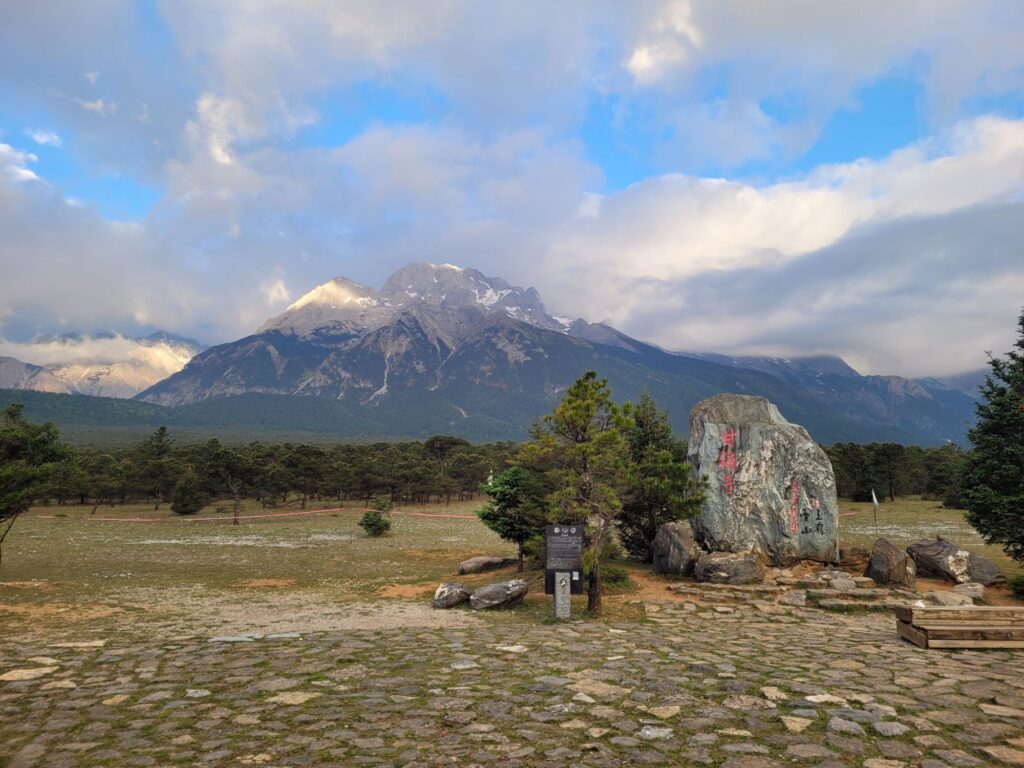
Overview: Lijiang is a traveler’s dream, a UNESCO World Heritage site famous for its labyrinthine old town, intricate canal system, and the strong influence of the Naxi people. By night, the city comes alive with red lanterns and bustling energy.
Altitude: ~2,400 meters (7,900 feet)
Best For: Historic architecture, vibrant nightlife, mountain views
Key Attractions:
- Lijiang Ancient City (丽江古城): Get lost in its maze of cobblestone streets, wooden buildings, and flowing waterways.
- Jade Dragon Snow Mountain (玉龙雪山): A sacred mountain that looms over the city. A cable car takes you to a viewing platform at over 4,500 meters.
- Blue Moon Valley (蓝月谷): Located at the foot of the mountain, this valley is famous for its almost surreal, turquoise-blue river water.
- Shuhe (束河古镇) and Baisha (白沙古镇) Ancient Towns: Quieter, more authentic alternatives to the main ancient city, perfect for a peaceful afternoon.
Internal Link: Discover how to best explore Lijiang and its surroundings in my dedicated post.
🏔️ Shangri-La (香格里拉): Gateway to the Tibetan Plateau
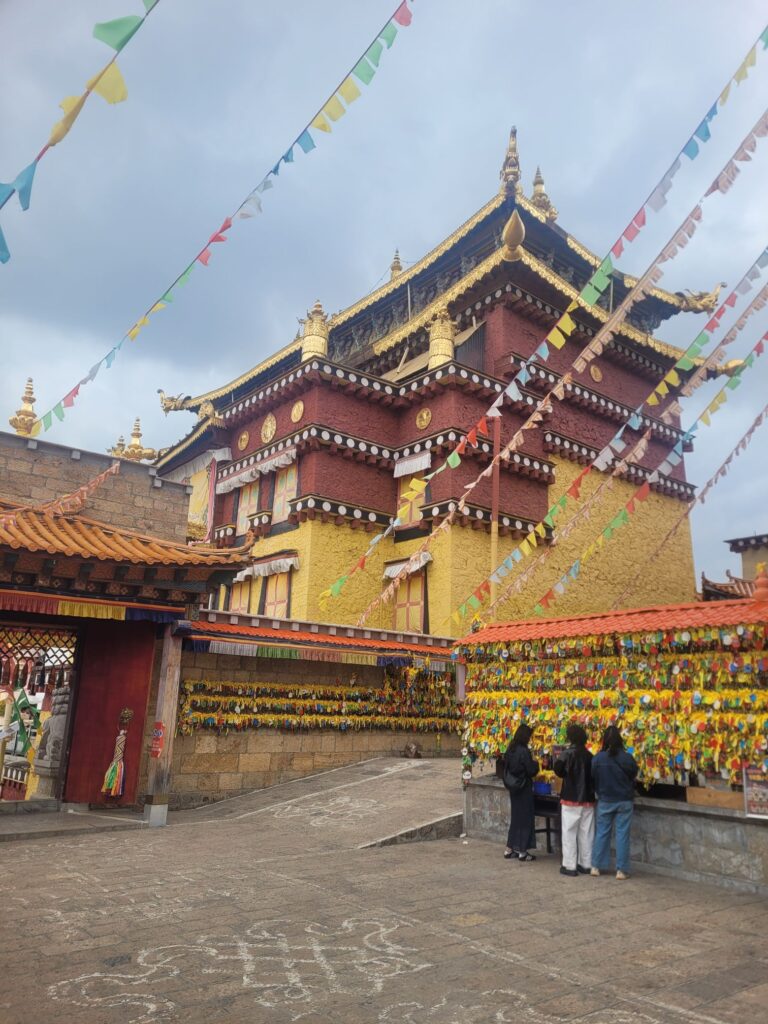
Overview: Formerly known as Zhongdian, Shangri-La is where you truly feel the altitude and the profound influence of Tibetan culture. The air is thinner, the landscapes are vast, and a sense of spirituality permeates the air.
Altitude: ~3,300 meters (10,800 feet)
Best For: Tibetan culture, monastery visits, and alpine scenery
Key Attractions:
- Ganden Sumtseling Monastery (松赞林寺): A sprawling Tibetan monastery often called the “Little Potala Palace.”
- Dukezong Ancient City (独克宗古城): Home to the world’s largest prayer wheel. Walk to the top for panoramic views of the city.
- Pudacuo National Park (普达措国家公园): A stunning expanse of alpine lakes, lush meadows, and pristine forests.
Internal Link: For an adventure to this breathtaking region, see my complete guide to Shangri-La: [coming soon].
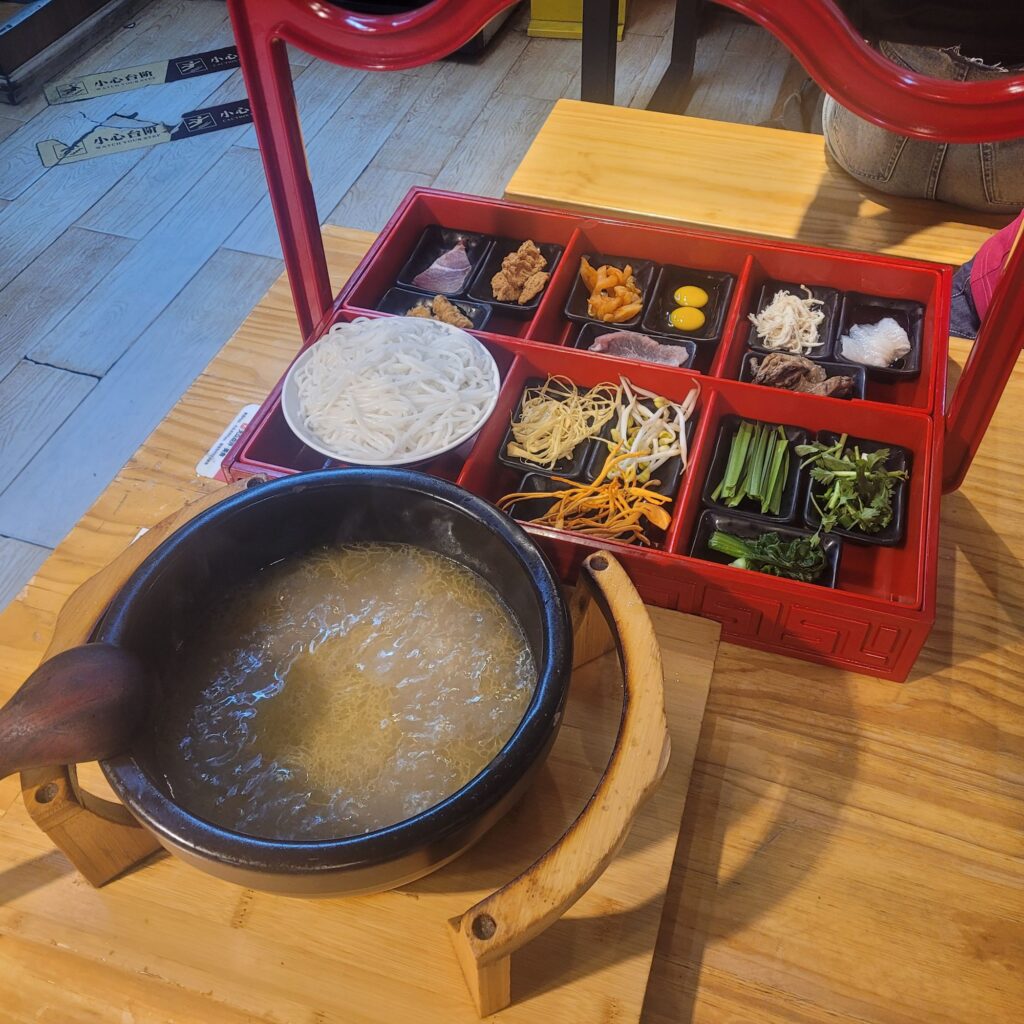
🍜 A Taste of Yunnan: A Food Culture Guide
Yunnan’s cuisine is as diverse as its landscape. It’s often flavorful, slightly spicy, and makes use of incredible local ingredients like wild mushrooms and flowers.
🥢 Signature Dishes Across Yunnan
- Crossing-the-Bridge Noodles (过桥米线, Guòqiáo Mǐxiàn): Yunnan’s most famous dish. A bowl of piping hot broth is served with separate plates of raw meat, vegetables, and noodles, which you cook yourself at the table.
- Steam Pot Chicken (气锅鸡, Qìguō Jī): Chicken is steamed for hours in a special earthenware pot, resulting in an incredibly pure and savory broth.
- Mushroom Hotpot (菌子火锅, Jūnzǐ Huǒguō): A celebration of Yunnan’s incredible variety of wild mushrooms, cooked in a flavorful broth.
🥘 City-Specific Specialties
Dali:
- Roast Rubing (烤乳饼): A grilled goat cheese, often served with a sweet rose sauce.
- Xizhou Baba (喜洲粑粑): A delicious flaky flatbread, available in sweet or savory versions.
- Sour Papaya Chicken (酸木瓜鸡): A tangy and savory hotpot unique to the region.
Lijiang:
- Laba Gu Hotpot (腊排骨火锅): A rich and salty hotpot made from preserved pork ribs.
- Naxi Roast Meat (纳西烤肉): Crispy, seasoned pork belly that is incredibly addictive.
- Flower Cakes (鲜花饼): Sweet pastries filled with an edible rose petal jam.
Shangri-La:
- Yak Beef Hotpot (牦牛火锅): A hearty, warming meal perfect for the cold, high-altitude climate.
- Tsampa (糌粑): A staple of Tibetan cuisine made from roasted barley flour.
💡 Essential Travel Tips & Warnings for Yunnan
A little on-the-ground knowledge will make your trip much smoother.
❤️ Health & Safety
- Altitude Sickness: This is a real risk in Lijiang (>2,400m) and especially Shangri-La (>3,300m). Acclimatize slowly, don’t do strenuous activity on your first day at high altitude. Many travelers avoid washing their hair on the first day (a tip told to me by a local) to prevent catching a cold, which can exacerbate symptoms. Small, portable oxygen canisters are widely available; buy them in a city pharmacy (they are much cheaper than at scenic spots and likely more reliable).
- Sun Protection: The UV radiation in Yunnan is extremely strong due to the high altitude. Pack high-SPF sunscreen, a wide-brimmed hat, and sunglasses. Do not underestimate the sun.
🎒 Packing & Weather
- Pack Layers: The temperature difference between day and night is significant given the altitude. A t-shirt, a fleece, and a light jacket are your best friends.
- Comfortable Shoes: You will be doing a lot of walking on uneven cobblestone streets. Prioritize comfort.
- Stay Hydrated & Moisturized: The air is very dry. Drink lots of water and bring lip balm and a good moisturizer.
⚠️ Avoiding Common Scams & Touts
- Cheap Tours: Be very wary of strangers on the street or guesthouses offering overly cheap day tours. They often have hidden shopping stops with hard-selling tactics, which is the last thing you want when you spend so much time and effort going all the way there.
- Costumed Characters: In tourist squares, people in traditional costumes may invite you for a photo. Be aware that they will almost always demand a fee afterward.
- Jade Dragon Snow Mountain “Shortcuts”: Ignore anyone offering a cheap, unofficial path up the mountain. These are scams and can be dangerous. Stick to the official entrances.
- Bargaining: When buying souvenirs like shawls or jewelry in tourist markets, bargaining is expected. A fair price for a typical shawl is usually under 30 CNY.
❓ Frequently Asked Questions (FAQ)
How many days are enough for Yunnan?
For the classic Kunming-Dali-Lijiang-Shangri-La route, a minimum of 7-8 days is recommended to travel comfortably without rushing. 10-14 days would allow for a more relaxed pace and deeper exploration.
Is Yunnan expensive to travel?
Yunnan can be very budget-friendly. A frugal backpacker can get by on 200-300 CNY/day. A more comfortable mid-range budget would be around 500-700 CNY/day, covering nicer accommodation, meals, and entry fees.
Is Yunnan safe for solo travelers?
Yes, Yunnan is considered very safe for solo travelers, including women. The primary concerns are common travel issues like petty theft in crowded areas and the health risks associated with high altitude. Use common sense, and you will have a wonderful and safe trip.
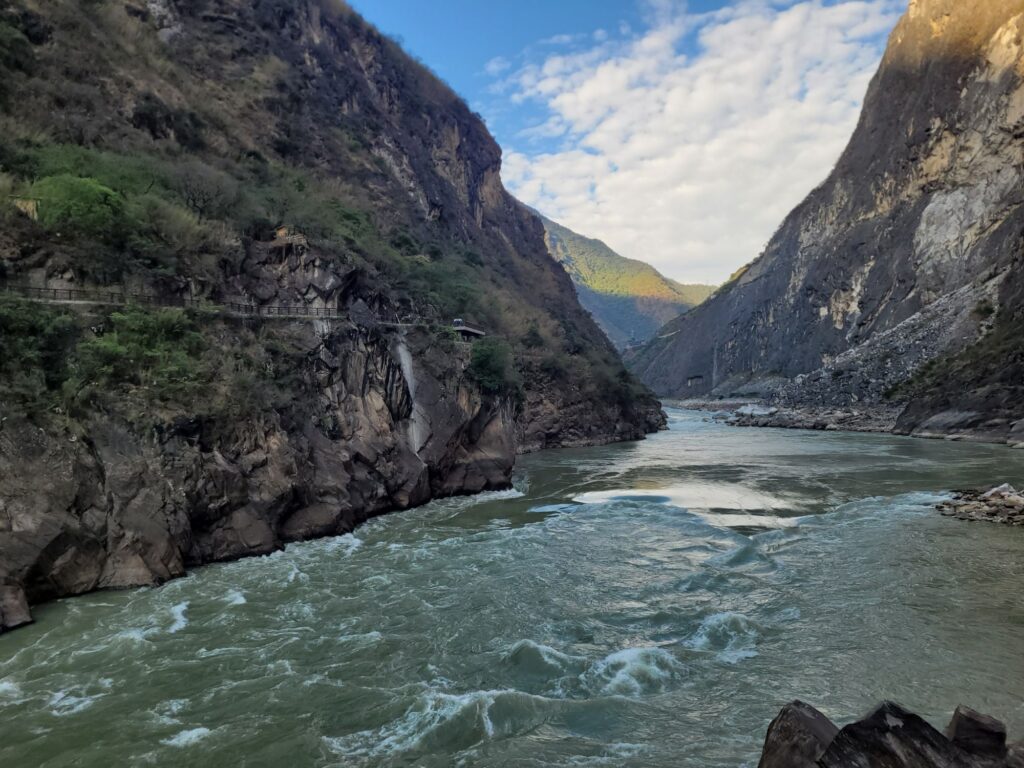
Conclusion: Remember this Yunnan Travel Guide
Your journey into Yunnan is just beginning. This guide provides the foundation, but the real magic happens when you’re there, walking the ancient streets and gazing at the snow-capped peaks for yourself. It’s truly a place where much is packed in a relatively small area. Yunnan was not somewhere I had on my bucket list initially, but I believe that it should be on yours!
To dive deeper, explore my detailed guides to each destination and download my free travel planning checklist which is coming soon!
Which part of Yunnan are you most excited to explore? Let me know in the comments below! Also, read about my experience bringing my grandma to Yunnan here! (coming soon)
Done with your trip to Yunnan? If you want to find out about where to visit next in China, click here!

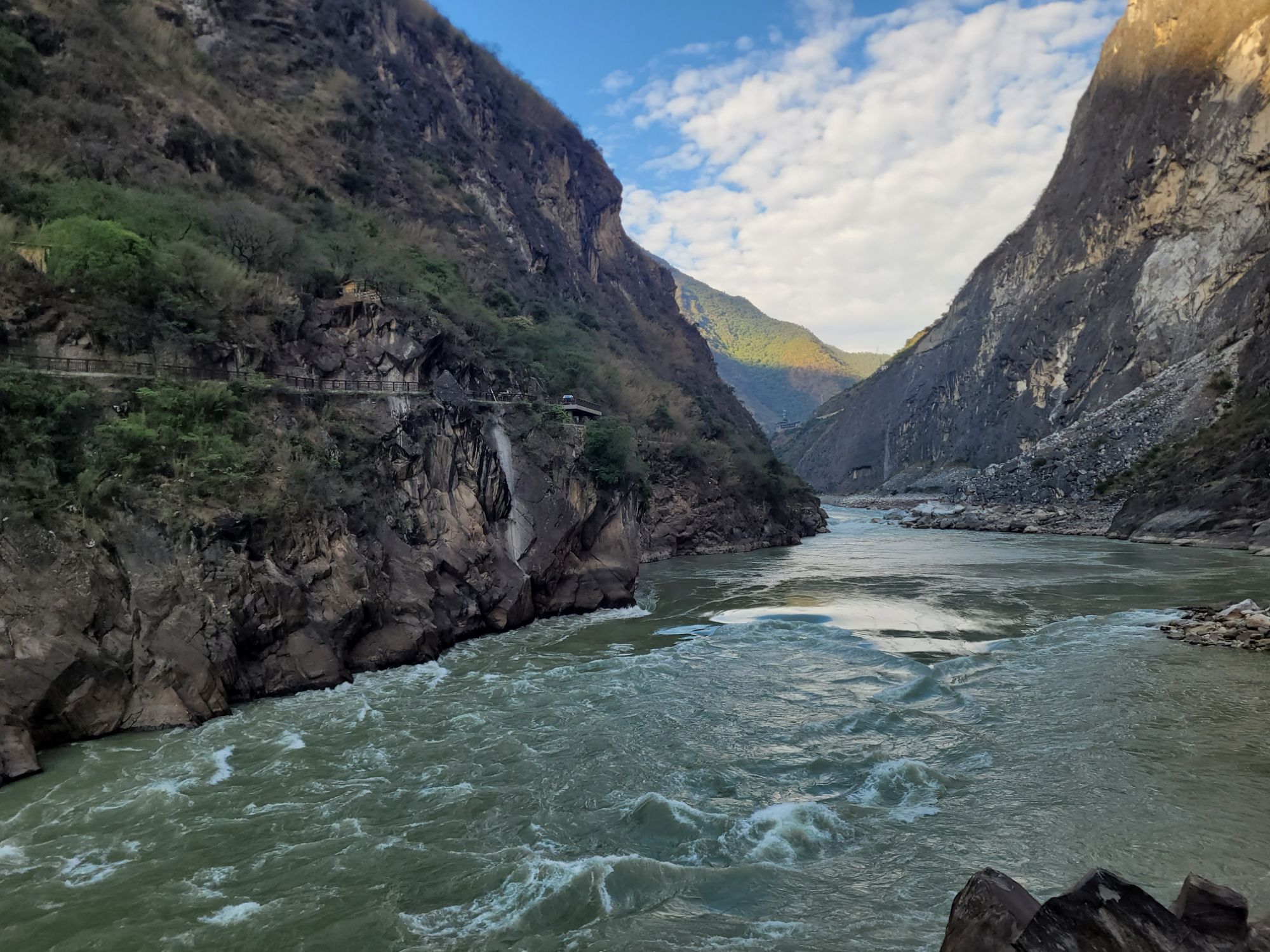
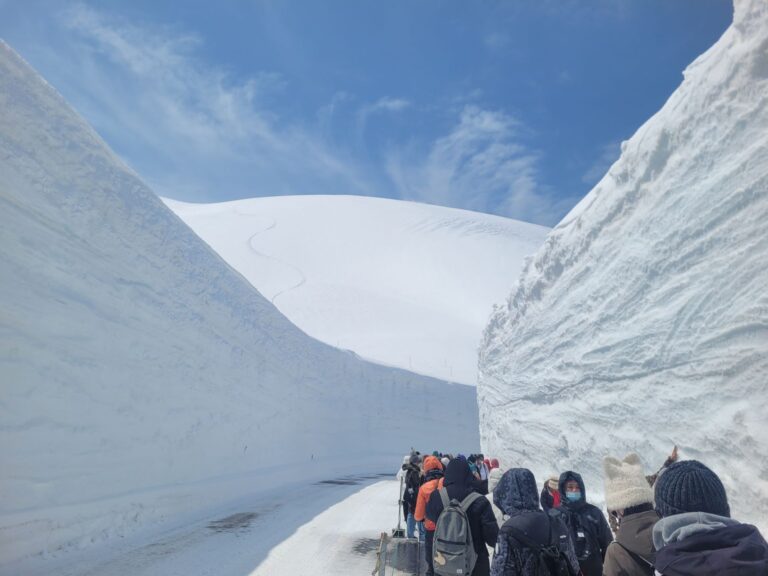
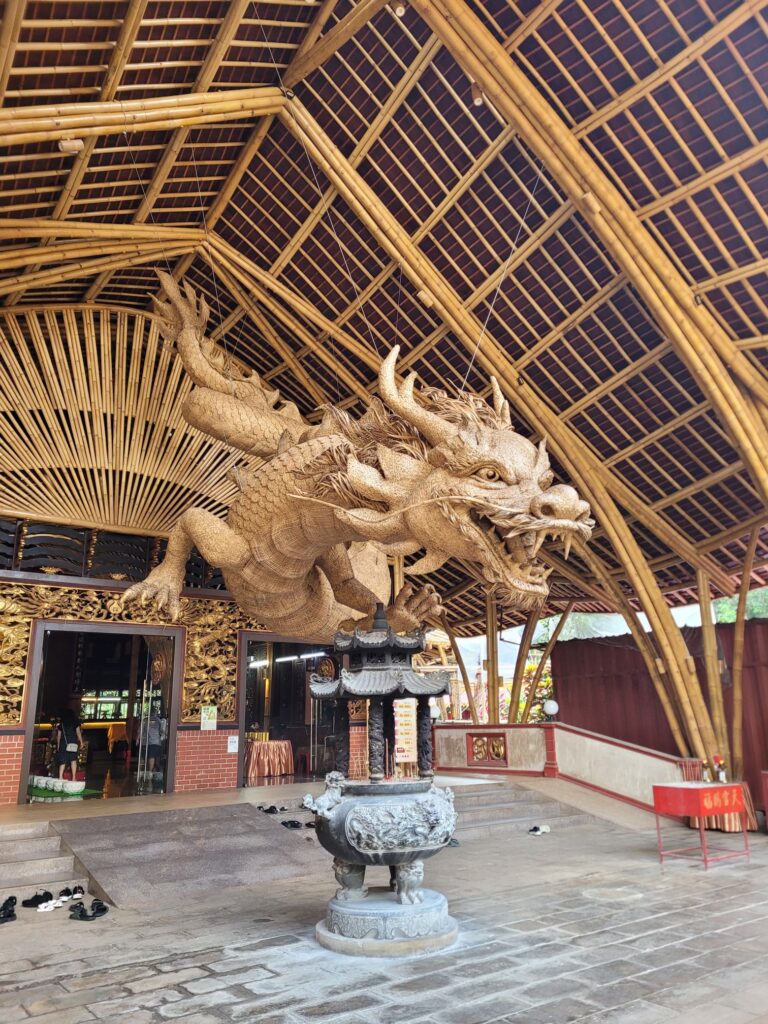
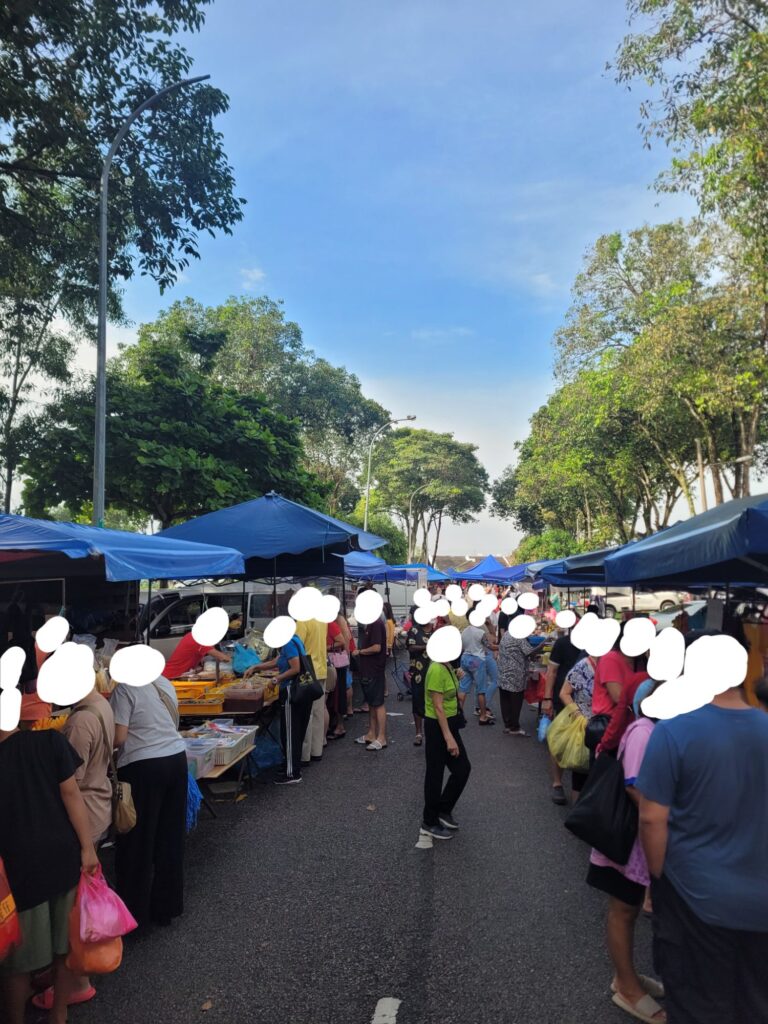
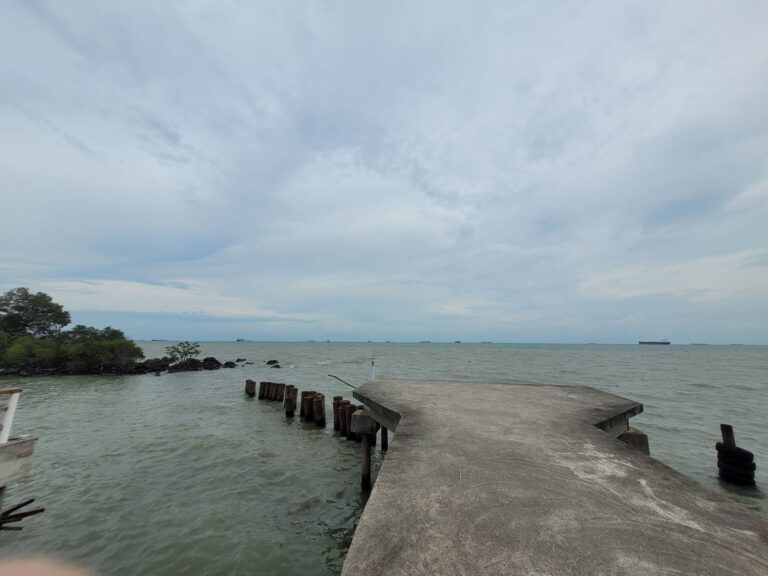
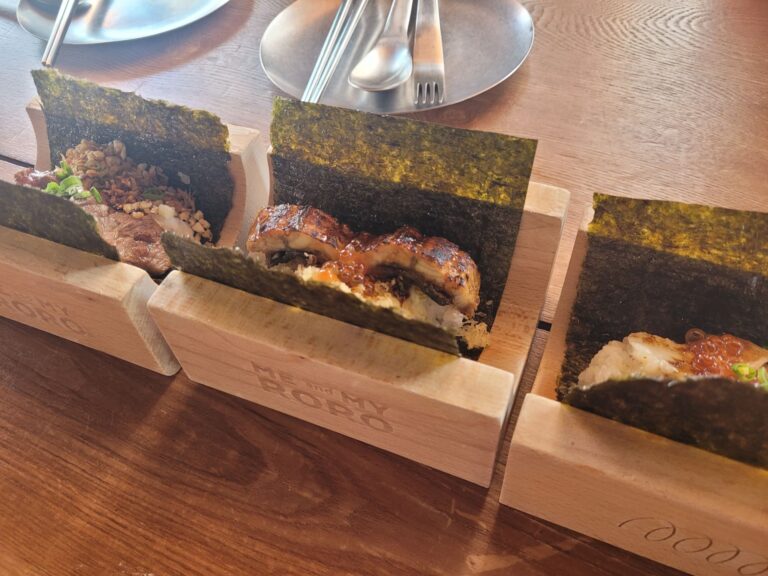
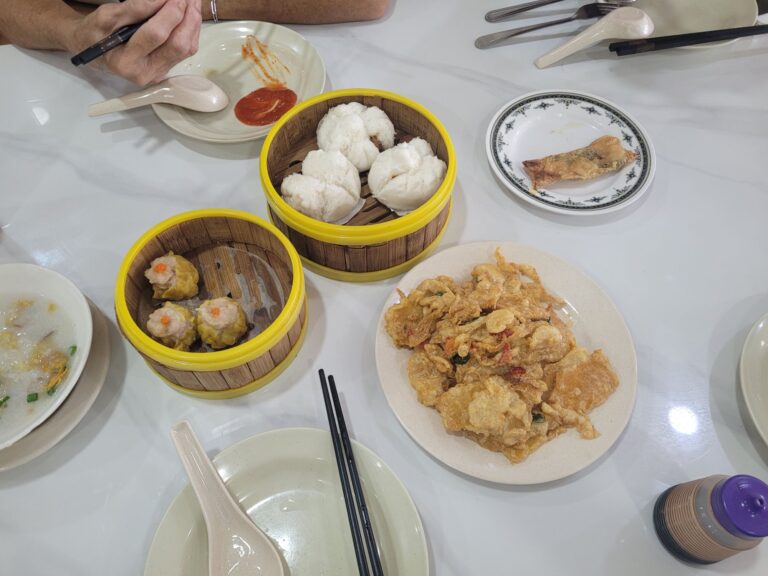
3 Comments